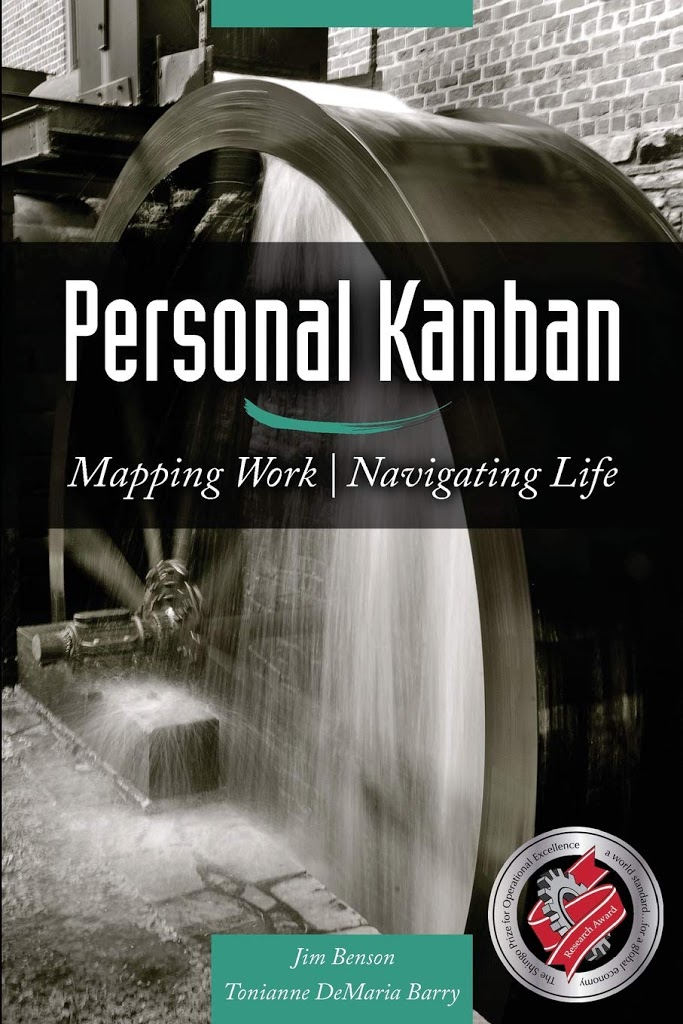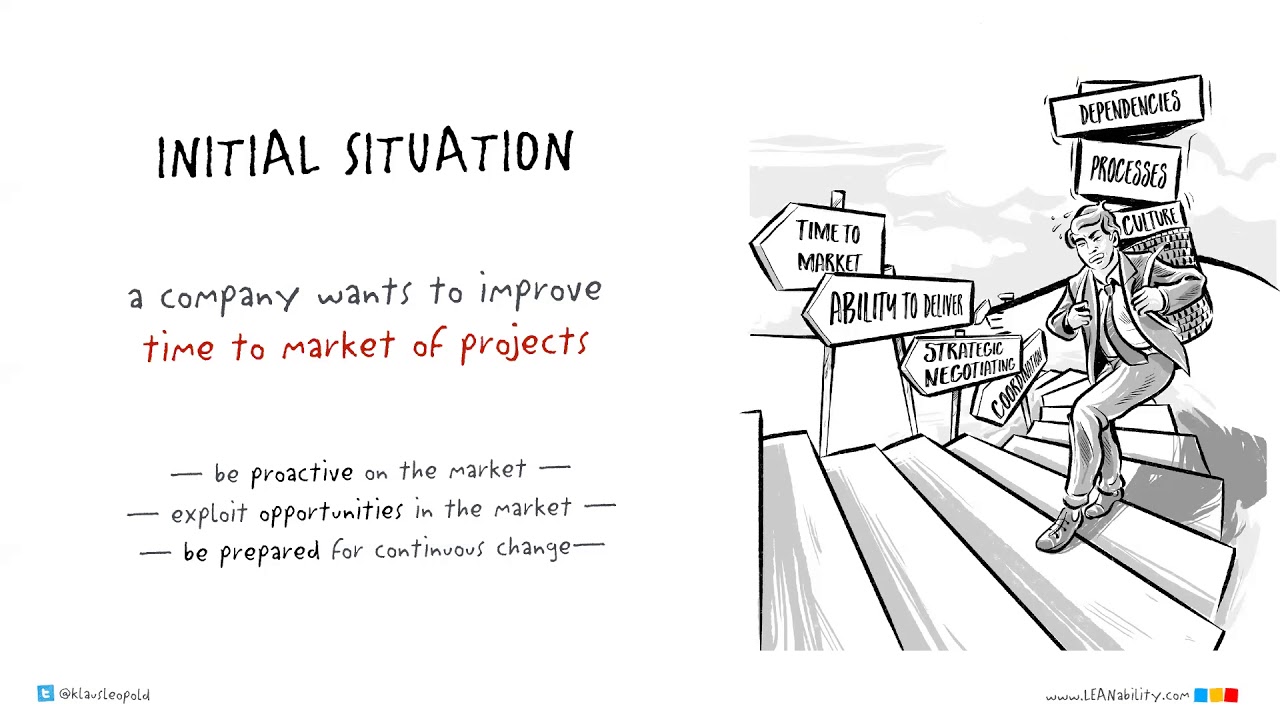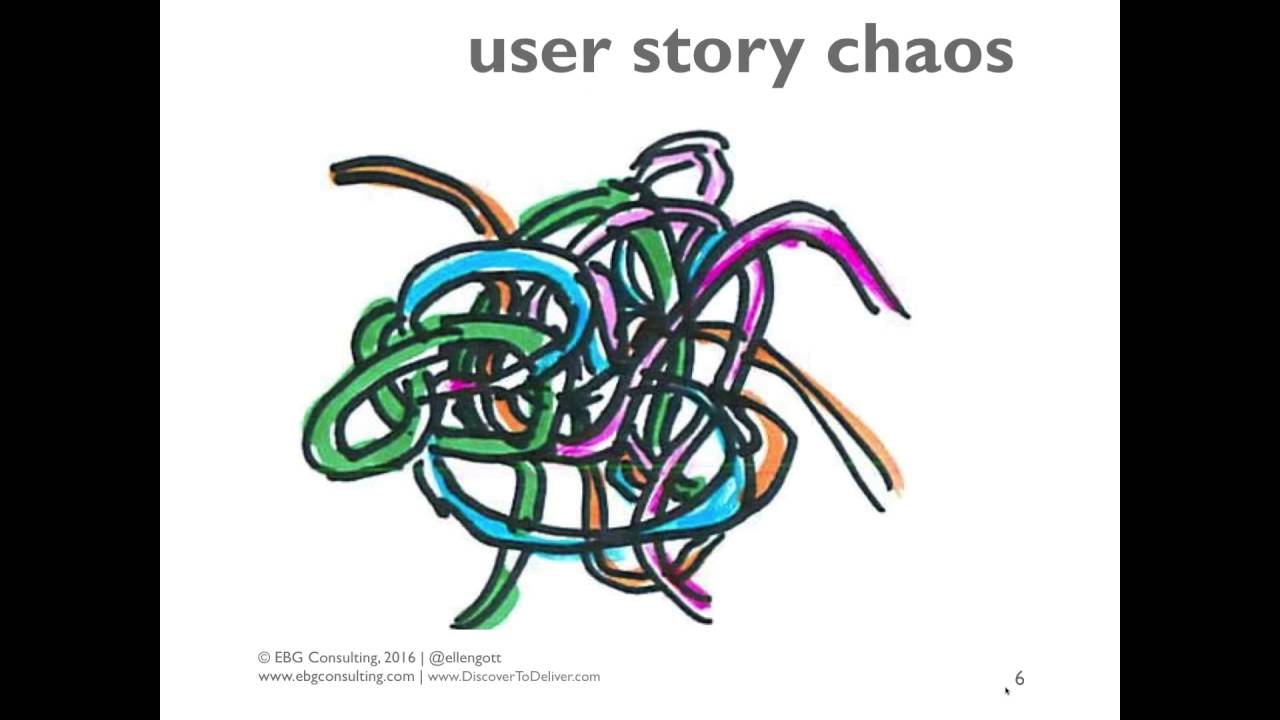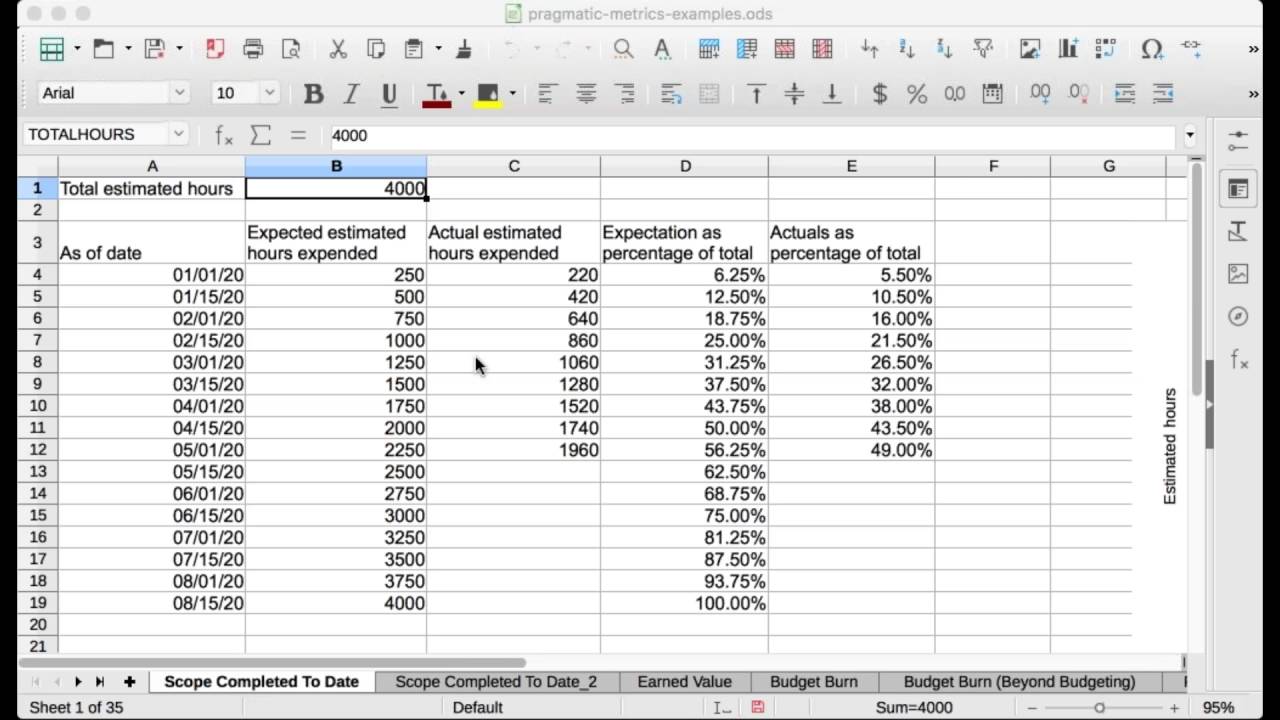
About the Session:
Jim Benson will discuss collaboration, uncertainty, and team-centered approaches to create focal points for uncertainty, allow people to deal with complexity, reduce stress, and focus more.
Personal Kanban: Mapping Work | Navigating Life
About Jim Benson:
Jim Benson is the creator of Personal Kanban and Lean Coffee, two intuitive systems that calm complexities in work, highlight unknown elements, and allow focused professional responses. His background as a civil engineer in the management of Megaprojects and owning software companies has led him to always focus on what the team needs to navigate uncertainty, understand quality, and collaboratively self-manage. Currently, through his consulting at Modus Cooperandi and his on-line school at Modus Institute, Jim is actively pursuing how to best implement collaborative, professional, and humane systems of work.
 |
| Jim Benson |
Resources:
- Jim Benson (Amazon US – Amazon Canada)
- Jim on Lean.org
- Jim on LinkedIn
- Jim on Twitter
- Jim on Modus



